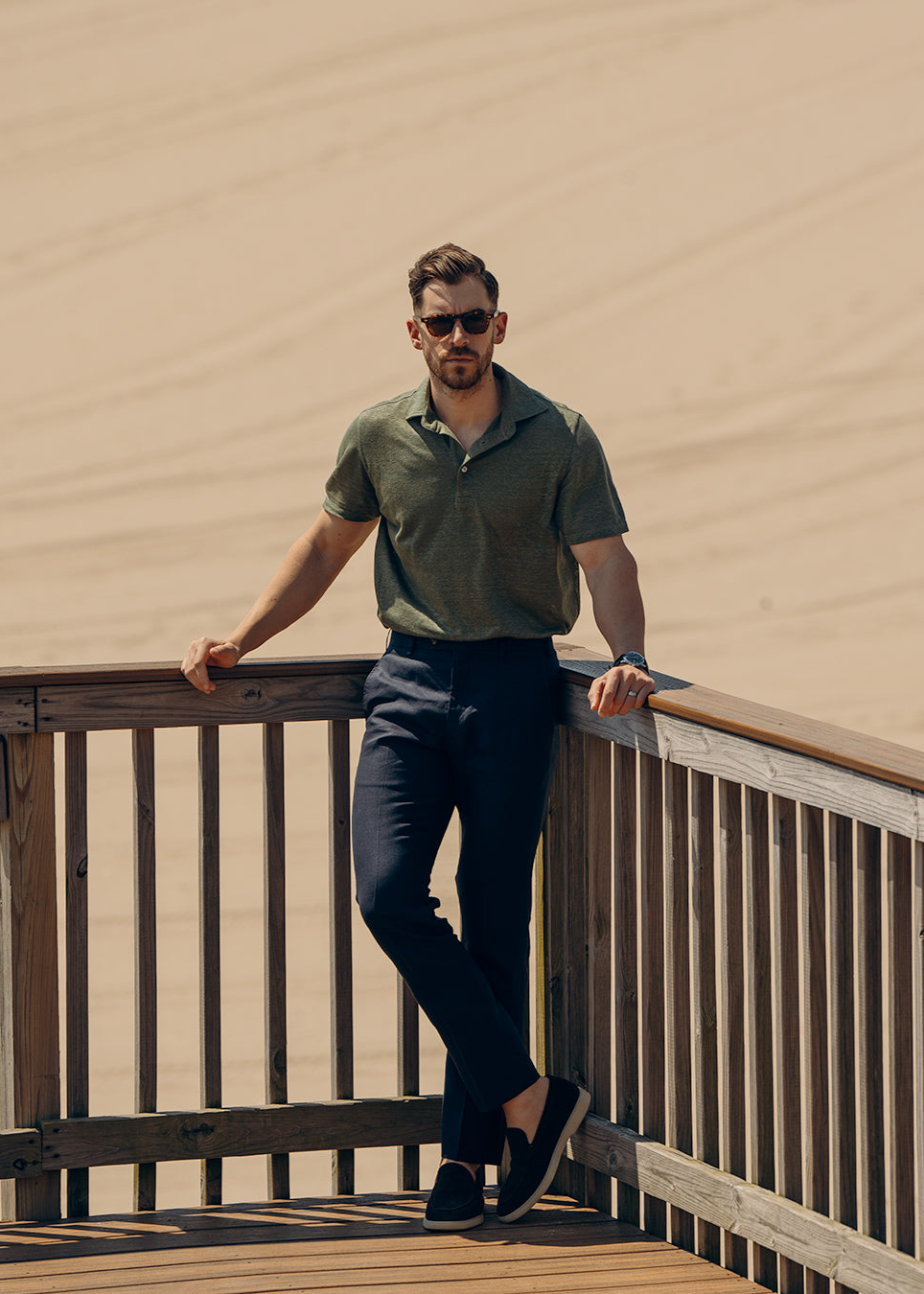So how are these physical retail store, brand building expeditions actually working out for stores? After all, one can't argue with results (not entirely true actually).
Well, as we noted earlier, for Warby Parker, less than 10% of all retail sales are attributable to physical store sales. So, one could suggest, it's not going well. But, one would be wrong to do so because it's still very early and more importantly, because the measurable returns on these physical locations are complicated to calculate.
As an example, let's jump back to Bonobos (only because they have employed this strategy for a while now and therefore have more data).
In the case of Bonobos, the average in store transaction is $360, compared to $180 online. And, those first introduced to the brand in-store typically purchase again in 58 days versus those who are introduced online and on average wait 85 days between purchases. Not to mention, Bonobos has used its Guideshops successfully as marketing vehicles and the company has cut web marketing expenses in half as in-store purchases have increased.
Warby Parker and Birchbox are still in the very early stages of their physical store expansion, so results are harder to come by, but given the ways in which they are minimizing costs, maximizing efficiency, and revolutionizing how retailers operate, I'd imagine that they will experience similar, if not even more, success. And the benefits on this strategy may also have elements that can't be quantified or measured in such a direct manner.
So, though there are many uncertainties, one thing is certain: there's a lot to be excited about the move from the cloud to the curb.
This store requires javascript to be enabled for some features to work correctly.



